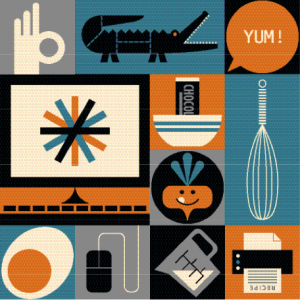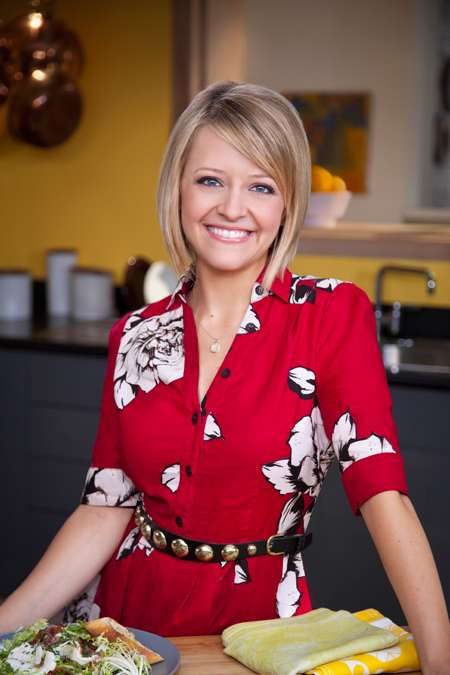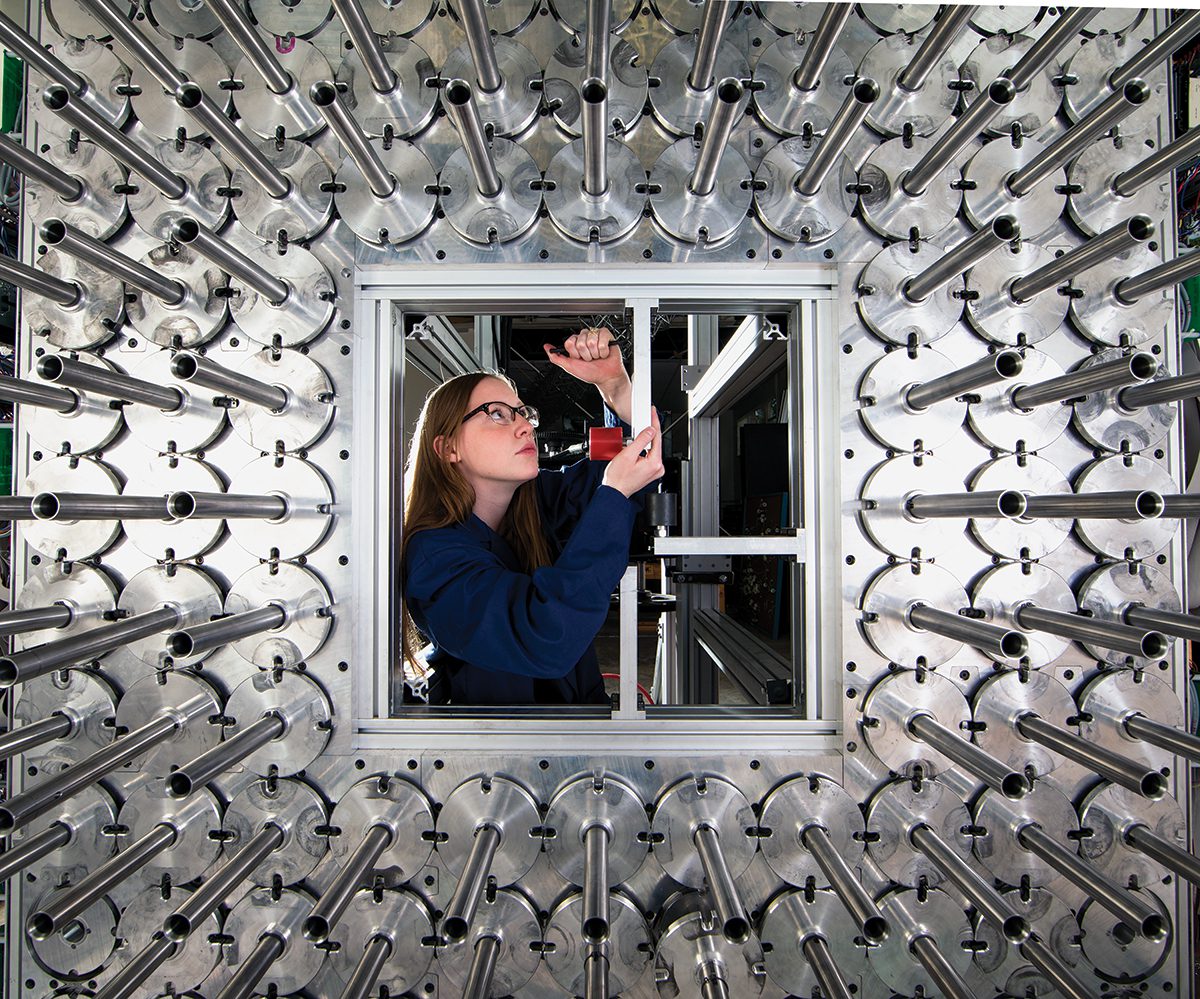
What happens when a computer learns to cook? You get Zesty Leeky Broth Spectacular, Heavenly Lentil over Beef on a Shingle, and other quirky recipes—with ingredients like alligator, banana, and halloumi cheese.
The bigger question is whether a computer can demonstrate creativity. That is what computer science grad students explore every semester, led by professor Dan Ventura (BS ’92, MS ’95, PhD ’98). “The class is called Computational Creativity—having a computer doing something you’d normally expect from a human,” Ventura says.
Not long after their computer system DARCI (Digital Artist Communicating Intention) learned art-associated adjectives and judged an on-campus art exhibit in 2010, Ventura’s class turned its attention to the kitchen.
Their Pseudo-Intelligent Evolutionary Real-time Recipe Engine (PIERRE) collected and evaluated some 5,000 online recipes—specifically, a set of Crock-Pot soups and chilis. “It’s not starting from scratch,” Ventura says. “It’s kind of like how you or I would learn to cook. . . . by watching other people cook and learning and seeing recipes; then we get an idea of what works and what doesn’t.” PIERRE also analyzed common pairings and recipe ratings—then used a algorithm to generate its own combinations. Ideal recipes would be tasty, Ventura says, but also creative—“something . . . you haven’t seen before.”
The results were indeed surprising, some with intriguingly odd recipe titles and some with non-standard measurements. You’ll need 1.03 dashes of white onion for Divine Meat with Juice and 1.33 quarts of cheddar to make Thigh over Cheese. When 10 AI recipes were posted on Food.com, the online community balked and requested that the recipes be removed.
Some AI recipes also had a curious ingredient: “Every once in a while we would see a ‘plank,’” Ventura says, as in salmon smoked on a plank. “The computer wasn’t smart enough to realize that the plank wasn’t one of the ingredients.”
When the grad class demonstrated some of the recipes for a midterm in 2011, Ventura says the results were “pretty lousy.” One dish was “edible,” but “tasted like grass.”
The BYU group continued to improve PIERRE and the recipes got better. In July 2013, PIERRE was one of the stars at a weeklong festival of computational creativity that Ventura and Simon Colton, a University of London professor, held in Paris. “We fed three different soups to about 50 people, including a French chef,” Ventura says. “People liked it, and it was a real success.”
While some may feel threatened by computers learning to create recipes, paint, write poetry, or compose music, Ventura thinks we should be inspired to take our own creativity to the next level: “We’re not displacing humanity, we are just changing what humanity does or what it’s best at.”









